Mowgli Legend of the Jungle movie review: Christian Bale brings Dark Knight darkness to Netflix’s dazzling Jungle Book
Mowgli Legend of the Jungle movie review: Andy Serkis delivers a nuanced, visually dazzling update of Jungle Book for Netflix. Starring Christian Bale, Benedict Cumberbatch, Freida Pinto. Rating: 4/5.
Mowgli: Legend of the Jungle
Director - Andy Serkis
Cast - Rohan Chand, Christian Bale, Benedict Cumberbatch, Andy Serkis, Freida Pinto, Cate Blanchett, Matthew Rhys
Rating - 4/5
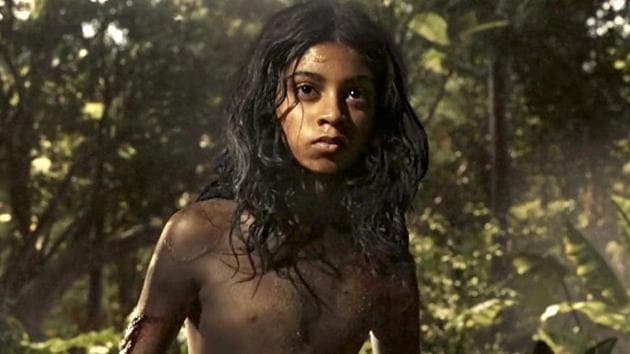
By giving Mowgli: Legend of the Jungle the appearance of something more mainstream, director Andy Serkis has disguised the most important achievements of his own film, and inadvertently distracted us from fully appreciating it. The danger is that most of the conversation about the movie will be restricted to its visual razzle-dazzle and its state-of-the-art motion capture effects - and not about its weighty themes.
Unlike, say, Avatar - a film with which it shares many similarities; technical and thematic - Serkis’ Mowgli is primarily about Rudyard Kipling’s (sometimes controversial) ideas. These are the same ideas that have been diluted over many years, thanks to the Jungle Book’s re-branding (by Disney) as a whimsical children’s tale and not, as Serkis insists, a story about man’s relationship with nature and other men.
Watch the Mowgli: Legend of the Jungle trailer here
Kipling was a ‘child of the British empire’, Serkis told me. He was born in Bombay and grew up speaking Hindi. When he was still a child, he was sent away to England, which he absolutely hated. This sense of not belonging to one place, of being caught between two worlds, is perhaps the central theme of Mowgli: Legend of the Jungle.
In one particularly excellent example of the risks this film is taking with its impressionistic re-imagining of Kipling’s stories, Mowgli (played by a very moving Rohan Chand) is banished from the jungle and sent to live with humans in the ‘man-village’. He is kept in a cage, poked at with sticks and gawked at by the other kids, who see him as a strange new creature - neither a man nor the wolf that he believes himself to be. He approaches his food on all fours, with childlike curiosity - a single moment that captures both aspects of his personality. But he can’t stomach it - the flavours of a cooked, seasoned meal send him retching into his corner. Mowgli is a feral child - the sort that pop up on the news from time to time, rescued after somehow surviving years in the wilderness. This is how he is supposed to behave; and not, as the classic Disney version showed, by falling in love with a girl and singing Bare Necessities.
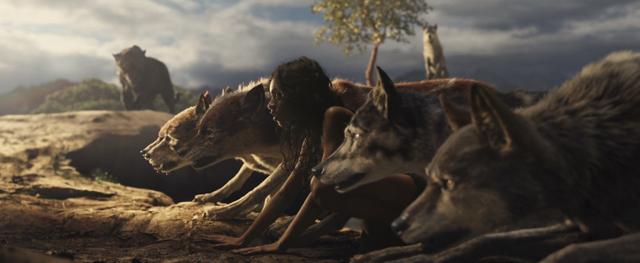
I have probably seen the 1967 Jungle Book over 200 times; every frame of it is burned into my subconscious. To make comparisons is inevitable, but unfair. This Mowgli is not the unnecessary shot-for-shot remake that Jon Favreau directed a couple of years ago, a film whose blockbuster success was one of the many reasons why Serkis’ film was delayed.
But despite its obvious differences from previous adaptations - the tone is more sinister, and I can’t imagine an eight-year-old me enjoying it - it certainly brought back some cherished childhood memories. The conflicts, and the manner in which they are resolved, are essentially the same - but the aspects of the story that Serkis chooses to explore is what makes this version of the Jungle Book more difficult to stomach.
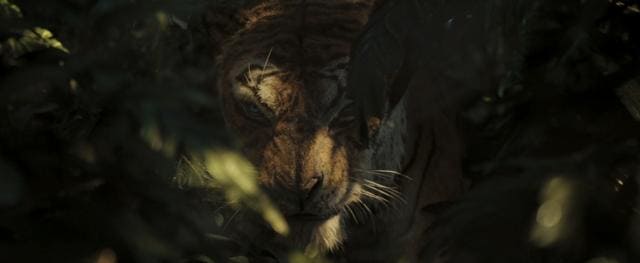
For instance, Shere Khan has always been motivated by fear in every version of the story. He was afraid that one day Mowgli might grow up to be a hunter - which is what he imagines all men to be - and that is why he wanted to kill him. Legend of the Jungle gives the iconic villain (played here by a gloriously over-the-top Benedict Cumberbatch) a backstory, thereby making his arc almost as emotionally engaging as that of the stoic hero, Bagheera (a wonderfully conflicted Christian Bale). Both characters represent two sides of the same coin; they’re victims who overcame their tragic pasts to emerge as survivors. One of them chose to react to his circumstances with anger and bitterness, while the other chose to dedicate his life to saving others from his own fate, with empathy and love.
“All it takes,” The Joker famously said to the Batman in Alan Moore’s groundbreaking comic, The Killing Joke, “is one bad day to reduce the sanest man alive to lunacy.” Both Shere Khan and Bagheera had bad days, and as anyone would, those experiences influenced who they grew up to become. There’s a valuable lesson in there - and in how Mowgli is treated by the village kids - about our world and our country’s past, and how we react to otherness with confusion and hate.
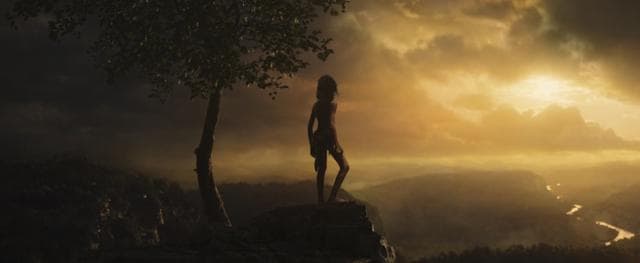
I have now seen Mowgli: Legend of the Jungle twice; once on my laptop via a standard definition screener, and the second time on the big screen, at the film’s world premiere. You’d be surprised at how significantly different both experiences were - the film’s opening shot alone is enough to suggest that the big screen is where Serkis intended for it to be seen. Sadly, that’s not how the majority of you will be able to watch it. For most of the world - India included - the film will be available on Netflix, who ‘saved’ it and gave it a hefty marketing push after Warner Bros dumped it (in a scenario similar to Paramount’s abandonment of The Cloverfield Paradox and Annihilation) after having released a trailer and announcing an October release date.
You can’t really blame them. Mowgli is hardly the sort of wholesome family entertainment that the 2016 Jungle Book was, and the lukewarm box office reception of Warner Bros’ The Legend of Tarzan - the closest comparison to Mowgli I can think of - was perhaps the final nail in its coffin.
The small screen undoubtedly takes away from the staggering motion capture work that Serkis’ team have done in the film. He’s a master and a pioneer of the technology, which he has played with previously in major franchises such as Lord of the Rings, Star Wars and Planet of the Apes.
When it comes to talking animals, we’re used to watching the mouths move - and sometimes, even the area around the eyes. In Mowgli, the animals’ faces are unnervingly expressive, which takes a while getting used to. Baloo, in particular, is given several small ticks - he seems to have a perpetual cold, and has the face of a bare-knuckle boxer - that add a whole new dimension to the character, which Serkis plays as a cross between Mr Miyagi from Karate Kid and Burgess Meredith from Rocky.
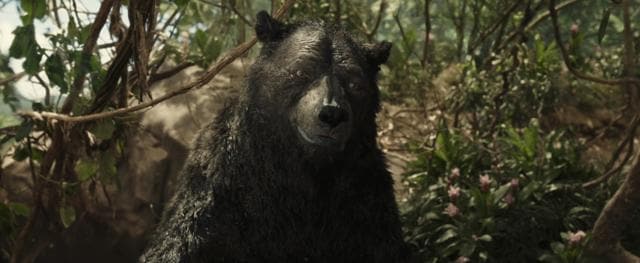
Mowgli: Legend of the Jungle feels like it has arrived at least five years too late, what with its unmistakable post Dark Knight vibe. But like its relegation to the small screen, these are merely external factors that have impeded the progress (and progressiveness) of this film. Its connection to India might be loose - it wasn’t shot here, and features only one Indian in its main cast (Freida Pinto) - but there’s a bite to it. And even a bit of an apology.
Follow @htshowbiz for more
The author tweets @RohanNaahar
Get more updates from Bollywood, Hollywood, Music and Web Series along with Latest Entertainment News at Hindustan Times.



